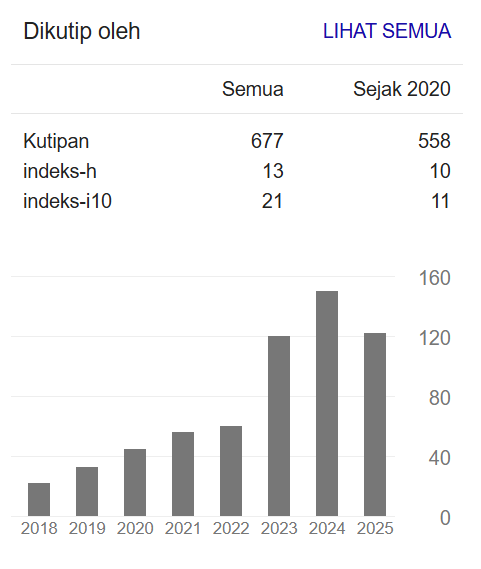SUHRAWARDI’S ONTOLOGY: FROM “ESSENCE-EXISTENCE” TO “LIGHT”
(A Suhrawardian Reply to Sadrian Critiques)
Keywords:
Essence, Quiddity (mahiyyah), Existence (wujūd), Fundamentality/Primacy, Respectivality (mental concept)Abstract
The distinction between essence (mahiyyah) and existence (wujūd) has been a consuming problem among philosophers, at least since al-Farabi and ibn Sina. It has become the starting point in reinterpretation of reality, whether objective or merely subjective, the problem of fundamentality (principal) and respectivality (mental conception) in the realms of ontology and epistemology which never been discussed specifically before. Suhrawardi is one of philosophers who tries to provide different interpretation and even critiques toward previous philosophers (especially ibn Sina) in this regard. Even though he supports ibn Sina’s point of view that there is distinction between essence and existence, but he also has his own conclusion in this case whichis formulated in his theory of “light”. This article tries to present the ideas of Suhrawardi on “essence and existence” and the theory of light. Here will be discussed also some critiques from Sadrian school and the answers to those critiques by Suhrawardian philosophers.
Downloads
Downloads
Published
How to Cite
Issue
Section
License
Copyright (c) 2014 Sekolah Tinggi Filsafat Islam (STFI) Sadra

This work is licensed under a Creative Commons Attribution-NonCommercial-ShareAlike 4.0 International License.
Most read articles by the same author(s)
- Mohammad Syifa Amin Widigdo, HUMAN AGENCY IN ISLAMIC MORAL REASONING , Kanz Philosophia: A Journal for Islamic Philosophy and Mysticism: Vol. 4 No. 1 (2014): June

























